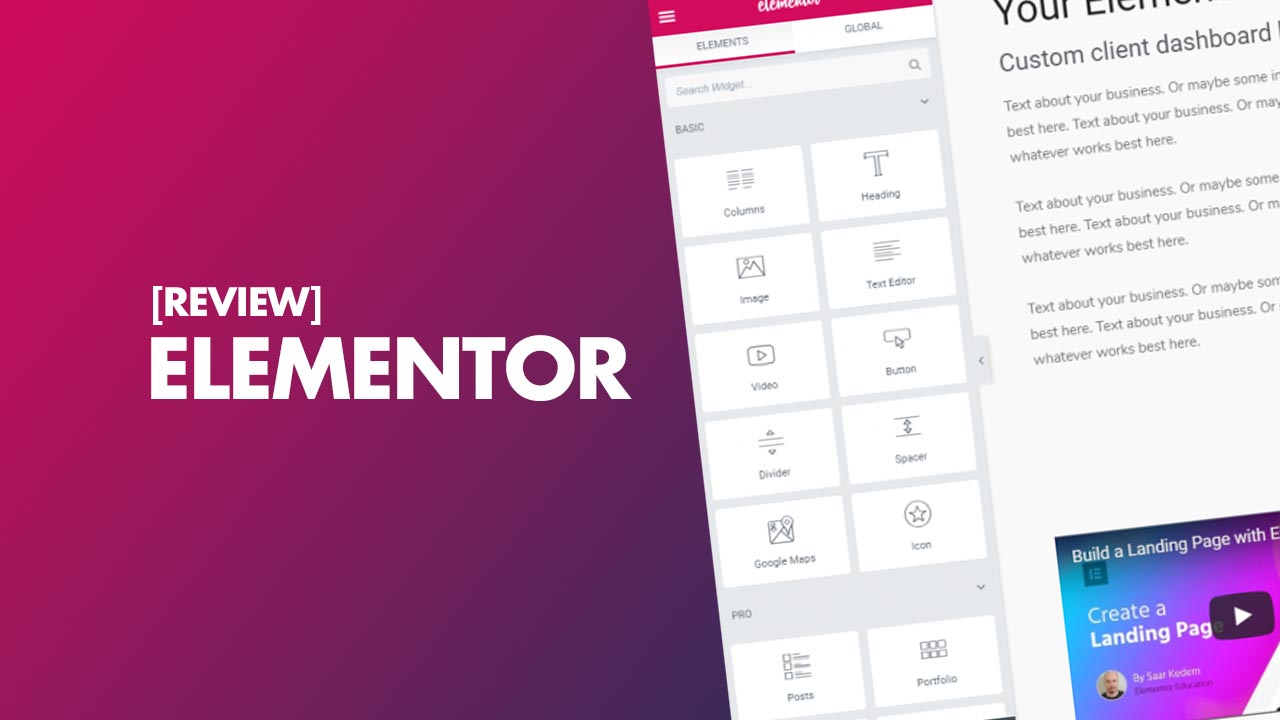How I built my first website
Dear Friend,
Well done to everyone for making through January. I always find that January tends to drag on a little – it’s long, dark and cold and the Christmas hype has disappeared. But things tend to get better from February.
A lot of medical students and junior doctors think about starting a side hustle. I remember I was in the same state of mind when I was at medical school.
That’s why, this week I wanted to share the story of how I started my first website – In2Med. When I made In2Med, I had no coding experience at all, no understanding of how websites and domains work and so I had to learn it all from scratch.
I’ll highlight some of the key steps and resources that I used. Hopefully you find it useful and one day you may even develop your own website.
YouTube video – (link below)
It’s amazing how much information is available for free on YouTube if you just look. To get started, I searched on YouTube how to make an education website. After looking around, I found an amazing 5 hour video (yes, 5 hours!) which went through everthing.
This included setting up web hosting, installing a website creator like WordPress and a Pagebuilder to create simple designs. Within a week, I had a first draft of my website. Click on the button below to watch the video – I’ve also summarised some of the key steps below.
Website hosting
One thing I didn’t know when I made a website, is that your data has to be stored on a server. If you think of your website like a shop, every shop needs an address. This is where all of your items are stored and where customers can come to purchase your products.
Just like a shop has an address, a website needs to have a server. This the part of the internet where your readers will come to. A lot of companies have invested in server space (like Amazon) for example. And they will allow you to use their server space for a charge. This is known as website hosting – on which server is your website hosted. There are many cheap options for website hosting, the one I found is A2 hosting. You can get annual hosting for about £100.
Website Domain
The next think your website will need is a name. This is called the domain. This will also cost money, ranging from a few pence to hundreds of pounds. Think of a domain like a private numberplate – you will have to purchase this so that it belongs to you. You can buy domains from websites like GoDaddy.
Once you have bought your domain, you will have to input the information to your domain provider. Without getting too technical, this is a couple lines of code which is like an instruction – it means when people search your domain in the Google search bar, it will send them to your server address so they can access the information in your website.
This sounds a bit complicated but don’t worry. Domain and hosting providers have really good customer service and they will help you with this, especially if you have not done it before. They will update your Name records etc. After this stage, you will have a domain linked to a server. That’s a lot of hard bit done.
Website Builder – WordPress
Now that you have a server and a domain the next step is to start building your website. Websites are written in code, like javascript and PHP. However, just because you do not know coding should not stop you from making a website.
There are many website builders on the Internet. Essentially, how they work is that they have a simple user interface which involves clicking buttons, typing, choosing fonts – much like Microsoft Word. As you do this, the application generates the underlying code to make your website. One of the most popular is WordPress.
Your hosting provider will allow you to install WordPress. After doing this, you can start making pages and customising your website. For this you can pick themes, add blog posts, videos and much more in an easy way.
Page Builder – Elementor
The final step involves using Themes and Page builders like Elementor. This allows you to create really nice looking pages with cool fonts, colours and animations. Elementor is a free application – again you do not need to know any coding for how to use this, but it will take a few days to get used to the interface.
Summary
Using these few steps, you can create your own website within a week. As your skills improve you can then experiment with new themes and icons and jazz up your website.
I hope you found that useful. And just remember, if someone with no coding or IT experience like me can make a website, there should be nothing stopping you!
Drug of the week
Amiodarone
This blocks the outward K+ current which inhibits repolarisation.
It also has class I actions by blocking inward Na+ currents and limited class II actions.
It has a very long half-life and is the most commonly prescribed anti-arrhythmic and the first-line drug in ventricular arrhythmias.
It is also used as pharmacological cardioversion (rhythm control) in atrial fibrillation.
Side effects:
Corneal microdeposits [EYE]
Hypo/hyperthyroidism (as made of iodine) [THYROID]
Lengthens QT interval, transient fall in BP with IV use [HEART]
Lower lobe pulmonary fibrosis [LUNGS]
Liver fibrosis/hepatitis [LIVER]
Constipation, vomiting, altered taste [GI TRACT]
Sleep disorders, movement disorders [NEURO]
Blue/grey skin deposits (grey-man syndrome), photosensitivity reaction [SKIN]
Thrombophlebitis –> hence given into central veins [VEINS]
CYP450 enzyme inhibitor so enhances effect of warfarin + increases digoxin levels [ENZYMES]
A Brain Teaser
You are the SHO on-call and have been asked to review a 65-year-old woman who was admitted 3 days ago with acute myocardial infarction. She now reports chest pain, palpitations, and shortness of breath. She has no features of cardiogenic shock. You ask for a 12-lead ECG, which shows a broad complex tachycardia at a rate of 140bpm.
Given the likely diagnosis, which one of the following medications should be avoided?
A – Verapamil
B – Aspirin
C – Amiodarone
D – Lidocaine
E – Procainamide
Answers
The answer is A – Verapamil
This regular broad complex tachycardia is suggestive of ventricular tachycardia (VT) which is consistent with a history of recent heart attack and gives symptoms consistent with this diagnosis (chest pain, palpitations, and shortness of breath). ECG morphology in VT can be variable, but suggestive features include wide QRS complexes (>120ms) and a rate >100bpm (usually 150-200).
Verapamil is a a non-dihydropyridine calcium-channel blocker and works by inhibiting calcium entry into cardiac myocytes and smooth muscle cells. Verapamil also blocks the calcium current responsible for sinus and AV nodal depolarization. In VT, administration of verapamil can precipitate marked haemodynamic deterioration, ventricular fibrillation (VF), and cardiac arrest.
In the BNF, the use of verapamil in VT is not listed as a contraindication, but states: ‘It [verapamil] should not be used for tachyarrhythmias where the QRS complex is wide (i.e. broad complex) unless a supraventricular origin has been established beyond reasonable doubt.’







